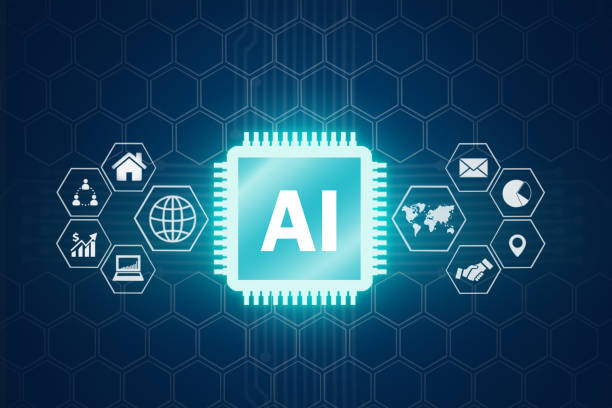What is Artificial Intelligence? Definitions, History, and Key Concepts
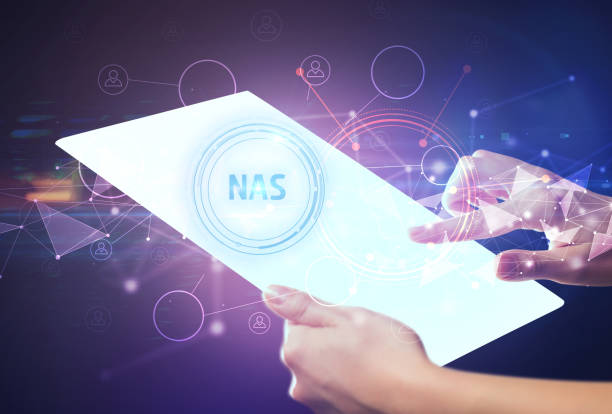
Artificial Intelligence (#ArtificialIntelligence) is a branch of computer science that deals with building intelligent machines capable of performing tasks that typically require human intelligence.
These tasks include learning, problem-solving, perception, reasoning, and linguistics.
The history of artificial intelligence dates back to the 1950s, when scientists such as Alan Turing and John McCarthy began exploring the possibility of building intelligent machines.
There are various definitions of artificial intelligence, but it can generally be divided into two categories: Weak AI (Narrow AI) and Strong AI (General AI).
Weak AI refers to systems designed to perform a specific task, such as facial recognition or language translation.
In contrast, Strong AI refers to systems capable of performing any task that a human can perform.
Some key concepts in artificial intelligence include Machine Learning, Neural Networks, Natural Language Processing, and Computer Vision.
Machine learning allows machines to learn from data without explicit programming.
Neural networks are models inspired by the structure of the human brain and are used to solve complex problems.
Natural language processing enables machines to understand and generate human language.
Computer vision allows machines to understand and interpret images and videos.
For a better understanding of artificial intelligence, you can visit Definition of Artificial Intelligence.
Are you tired of having visitors to your online store but no sales? Rasaweb solves your core problem with professional online store designs!
✅ Significant increase in sales with targeted design
✅ Seamless user experience for your customers
⚡ Get a free consultation!
Types of Artificial Intelligence: Approaches and Applications

Artificial intelligence can be categorized based on different approaches.
One method of categorization is based on the capabilities of the AI system, which includes Reactive AI, Limited Memory AI, Theory of Mind AI, and Self-Aware AI.
Reactive AI is the simplest type of AI and only reacts based on current inputs.
This type of AI has no memory and cannot learn from past experiences.
Limited Memory AI can remember limited information from the past and use it for decision-making.
Theory of Mind AI is a more advanced level of AI that understands that humans have beliefs, desires, and intentions.
Self-Aware AI is the highest level of AI, where the AI system is aware of its own existence and can understand its own emotions and motivations.
Artificial intelligence is used in a wide range of applications, including medicine, finance, transportation, manufacturing, and entertainment.
In medicine, artificial intelligence is used to diagnose diseases, develop new drugs, and provide personalized care.
In finance, artificial intelligence is used to detect fraud, manage risk, and provide investment advice.
In transportation, artificial intelligence is used to develop self-driving cars, optimize traffic, and improve safety.
In manufacturing, artificial intelligence is used to automate processes, control quality, and predict failures.
In entertainment, artificial intelligence is used to create video games, movies, and music.
More information on this can be found on Wikipedia Artificial Intelligence.
Machine Learning: The Beating Heart of Artificial Intelligence
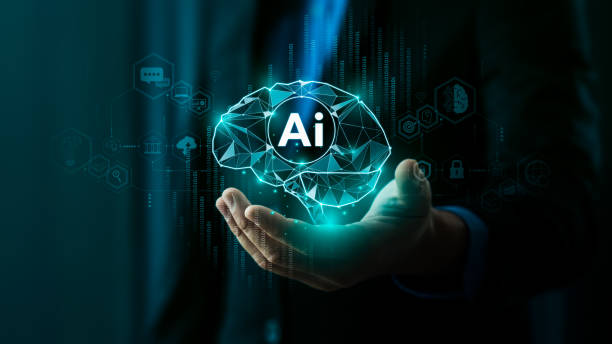
Machine Learning is a subset of artificial intelligence that allows machines to learn from data without explicit programming.
This process involves training a model on a large dataset to learn the patterns and relationships in the data.
Then, this model can be used to make predictions or decisions about new data.
There are different types of machine learning algorithms, including Supervised Learning, Unsupervised Learning, and Reinforcement Learning.
In Supervised Learning, the model is trained using labeled data, meaning each data point has a correct output.
In Unsupervised Learning, the model is trained using unlabeled data and must discover patterns and structures in the data on its own.
In Reinforcement Learning, the model receives feedback by interacting with an environment and learns how to make the best decisions to achieve a specific goal.
Machine learning is used in a wide range of applications, including image recognition, natural language processing, fraud detection, and product recommendation.
For example, image recognition systems use machine learning to identify objects and people in images.
Natural language processing systems use machine learning to translate languages and understand the meaning of text.
Fraud detection systems use machine learning to identify suspicious transactions.
Product recommendation systems use machine learning to suggest products that users may find interesting.
| Learning Type | Description | Examples |
|---|---|---|
| Supervised Learning | Training using labeled data | Image recognition, price prediction |
| Unsupervised Learning | Training using unlabeled data | Customer clustering, dimensionality reduction |
| Reinforcement Learning | Training by interacting with the environment | Video games, robotics |
Neural Networks and Deep Learning
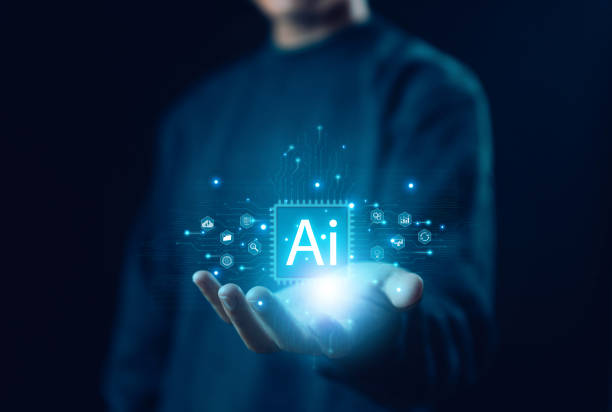
Neural Networks are models inspired by the structure of the human brain and are used to solve complex problems.
A neural network is composed of a large number of nodes (neurons) organized in layers.
Each node receives an input, processes it, and produces an output.
The output of one node can be used as input for other nodes in subsequent layers.
Deep Learning is a type of machine learning that uses deep neural networks (networks with a large number of layers).
Deep learning allows machines to learn complex patterns and relationships in data that are not possible using traditional machine learning methods.
To learn more about the concept of deep learning, visit this article.
Neural networks and deep learning are used in a wide range of applications, including image recognition, natural language processing, language translation, and self-driving cars.
For example, advanced image recognition systems use deep neural networks to identify objects and people in images with very high accuracy.
Language translation systems use deep neural networks to translate languages with greater accuracy and fluency.
Self-driving cars use deep neural networks to understand their surroundings and make decisions about how to drive.
Are you losing potential customers due to an unprofessional website? Rasaweb is your answer! With our specialized corporate website design services:
✅ Enhance the credibility and position of your business
✅ Experience attracting more targeted customers
⚡ Act now to receive a free consultation!
Natural Language Processing: A Bridge Between Humans and Machines

Natural Language Processing (NLP) is a branch of artificial intelligence that enables machines to understand and generate human language.
NLP includes a wide range of tasks, including text analysis, language translation, text summarization, question answering, and text generation.
One of the main challenges in NLP is the ambiguity of human language.
Words and phrases can have different meanings, depending on the context and how they are used.
NLP uses various techniques to solve this problem, including syntactic analysis, semantic analysis, and discourse analysis.
NLP is used in a wide range of applications, including search engines, virtual assistants, chatbots, and language translation systems.
Search engines use NLP to understand the meaning of user searches and provide relevant results.
Virtual assistants like Siri and Alexa use NLP to understand user voice commands and answer their questions.
Chatbots use NLP to communicate with users in natural language.
Language translation systems use NLP to translate text from one language to another.
Using artificial intelligence #ArtificialIntelligence can easily accelerate the content production process.
Computer Vision: A New Vision for Computers
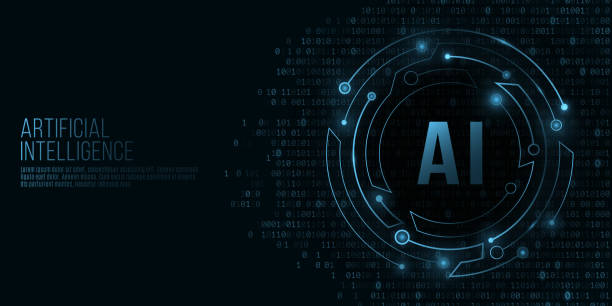
Computer Vision is a branch of artificial intelligence that enables machines to understand and interpret images and videos.
Computer vision includes a wide range of tasks, including image recognition, object detection, object tracking, image segmentation, and 3D reconstruction.
Computer vision uses various techniques, including machine learning, neural networks, and image processing.
Image recognition systems use machine learning to identify objects and people in images.
Object detection systems use machine learning to find the location of objects in images.
Object tracking systems use machine learning to track the movement of objects in videos.
Image segmentation systems use machine learning to divide an image into different regions.
3D reconstruction systems use computer vision to create 3D models of objects and scenes.
Computer vision is used in a wide range of applications, including self-driving cars, surveillance systems, robotics, and medical diagnostics.
Self-driving cars use computer vision to understand their surroundings and make decisions about how to drive.
Surveillance systems use computer vision to identify suspicious activities.
Robots use computer vision to navigate complex environments and perform various tasks.
Doctors use computer vision to diagnose diseases and plan surgeries.
Artificial intelligence #ArtificialIntelligence has a significant impact on all aspects of computer vision.
Challenges and Limitations of Artificial Intelligence
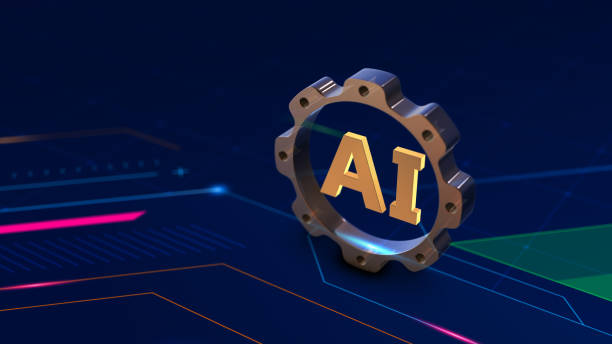
Although artificial intelligence has made significant progress, it still faces numerous challenges and limitations.
One of the main challenges is the lack of training data.
Many machine learning algorithms require large amounts of data to perform well.
Collecting and labeling this data can be time-consuming and costly.
Another challenge is the explainability of AI models.
Many deep learning models act like black boxes, meaning it’s difficult to understand how they make decisions.
This can make it difficult to trust these models, especially in applications where safety and reliability are critical.
In addition, artificial intelligence can be discriminatory.
If the training data used to train an AI model contains bias, the model will also be discriminatory.
This can lead to unfair and unequal outcomes for different groups of people.
In order to avoid these problems, it is better to become familiar with AI ethics.
| Challenge | Description |
|---|---|
| Data Scarcity | Need for large amounts of data to train models |
| Inexplicability | Difficulty in understanding how models make decisions |
| Discrimination | Potential for creating unfair outcomes |
The Future of Artificial Intelligence: Opportunities and Threats

The future of artificial intelligence is bright and full of opportunity.
Artificial intelligence is expected to play an important role in solving some of the world’s biggest challenges, including climate change, disease, and poverty.
However, artificial intelligence also comes with threats.
One of the main threats is job loss.
Artificial intelligence can automate many jobs, leading to widespread unemployment.
Another threat is the use of artificial intelligence for malicious purposes.
Artificial intelligence can be used to build automated weapons, spread misinformation, and violate privacy.
Artificial intelligence #ArtificialIntelligence is advancing at an increasing pace, and it is possible that in the not-so-distant future, machines will surpass human intelligence.
To ensure that artificial intelligence benefits humanity, it must be developed and regulated carefully.
We must ensure that artificial intelligence is used responsibly and ethically, and that its benefits are distributed fairly among all people.
Better development and understanding of artificial intelligence can be achieved through Artificial Intelligence Training sites.
Research shows that 80% of customers trust companies with a professional website more. Does your current site inspire that trust?
With Rasaweb’s corporate website design services, solve the problem of customer distrust and a weak online image forever!
✅ Create a professional image and increase customer trust
✅ Attract more sales leads and grow your business
⚡ Get a free consultation
Artificial Intelligence in Iran: Current Status and Outlook

Artificial intelligence is developing in Iran, but it is still in its early stages.
Iran has high potential to become a regional hub for artificial intelligence, but it also faces numerous challenges.
One of the main challenges is the lack of skilled experts in the field of artificial intelligence.
Iran needs to invest more in education and training in artificial intelligence to meet its workforce needs.
Another challenge is the lack of investment in artificial intelligence research and development.
The government and the private sector need to invest more in artificial intelligence research and development to develop new technologies.
Despite the challenges, artificial intelligence #ArtificialIntelligence in Iran can contribute to the country’s economic and social development.
According to existing reports, the applications of artificial intelligence in Iran have been mostly in the areas of industrial automation, smart agriculture, and optimization of energy consumption.
Also, a number of startups in the field of artificial intelligence are active in Iran, operating in various fields such as natural language processing, computer vision, and machine learning.
Key Tips for Entering the World of Artificial Intelligence

If you are interested in entering the world of artificial intelligence, there are a few key tips to keep in mind.
First, you should have a strong foundation in mathematics, statistics, and computer science.
This knowledge is essential for understanding the concepts and algorithms of artificial intelligence.
Secondly, you should start learning programming languages related to artificial intelligence, such as Python.
Python is one of the most popular programming languages for artificial intelligence and has many libraries and tools for developing artificial intelligence applications.
Third, you should start learning machine learning algorithms and neural networks.
There are many resources available online and offline for learning these algorithms.
Fourth, you should participate in artificial intelligence projects.
This will help you put your skills to work and gain practical experience.
Finally, you should be patient and persistent.
Learning artificial intelligence takes time and effort, but with effort and perseverance, you can become an artificial intelligence expert.
To get started, you can use the educational resources Artificial Intelligence Learning Paths.
Also, you can gain a deeper understanding of this field by studying and researching in the field of artificial intelligence #ArtificialIntelligence.
Frequently Asked Questions
| Question | Answer |
|---|---|
| 1. What is Artificial Intelligence (AI)? | It is a branch of computer science aimed at creating machines capable of simulating human intelligence and performing tasks that require human thinking, such as learning, problem-solving, and decision-making. |
| 2. What are the main types of artificial intelligence? | They can be classified into weak artificial intelligence (Narrow AI) that focuses on a specific task, general artificial intelligence (General AI) that possesses comprehensive human capabilities, and super artificial intelligence (Super AI) that exceeds human intelligence. |
| 3. Mention some common applications of artificial intelligence in our daily lives. | They include voice assistants (such as Siri and Alexa), recommendation systems (such as Netflix and Amazon), self-driving cars, facial recognition systems, and spam filters. |
| 4. What is the difference between Artificial Intelligence and Machine Learning? | Artificial intelligence is the broader concept of creating intelligent machines, while machine learning is a subset of artificial intelligence that focuses on enabling systems to learn from data without explicit programming. |
| 5. What is Deep Learning? | It is a subset of machine learning that uses multi-layered artificial neural networks (deep neural networks) to process data and discover complex patterns, and is used in image and speech recognition. |
| 6. What are the most prominent benefits of artificial intelligence? | Improving efficiency and productivity, automating repetitive tasks, making better decisions based on the analysis of big data, and developing solutions to complex problems in areas such as medicine and science. |
| 7. What are the main challenges facing the development and deployment of artificial intelligence? | They include the need for massive amounts of high-quality data, privacy and security issues, bias in data and algorithms, and high development and maintenance costs. |
| 8. Does artificial intelligence raise ethical or social concerns? | Yes, it raises concerns about privacy, algorithmic bias, job loss due to automation, responsibility for errors made by intelligent systems, and the need for a regulatory framework. |
| 9. How can artificial intelligence affect the future of the labor market? | It can lead to the automation of some routine tasks, but it will also create new jobs that require advanced skills in developing, operating, and maintaining artificial intelligence systems. |
| 10. What are some modern or promising technologies in the field of artificial intelligence? | They include advanced natural language processing (NLP) (such as large language models like ChatGPT), computer vision, robotics, and generative AI (Generative AI). |
And other services of Rasa Web Advertising Agency in the field of advertising
Intelligent SEO: A combination of creativity and technology to engage users by customizing the user experience.
Intelligent Custom Software: A combination of creativity and technology to increase sales through intelligent data analysis.
Intelligent Conversion Rate Optimization: A dedicated service to grow customer acquisition based on customizing the user experience.
Intelligent Conversion Rate Optimization: Professional optimization for online growth using intelligent data analysis.
Intelligent Link Building: Designed for businesses looking to manage campaigns through the use of real data.
And more than hundreds of other services in the field of internet advertising, advertising consulting and organizational solutions
Internet Advertising | Advertising Strategy | Advertorial
Resources
What is Artificial Intelligence (Artificial Intelligence)?
,What is Artificial Intelligence? Its applications and types
,What is Artificial Intelligence? Applications, Types and Future of Artificial Intelligence
,What is Artificial Intelligence?| Concepts and Applications of Artificial Intelligence
? Are you ready to jumpstart your business in the digital world? Rasaweb Afarin Digital Marketing Agency provides innovative solutions in Online store design, SEO, social media management and branding, helping you on the path to growth. For a free consultation and to learn more about our services, contact our experts today.
📍 Tehran, Mirdamad Street, next to the Central Bank, South Kazeroun Alley, Ramin Alley No. 6

